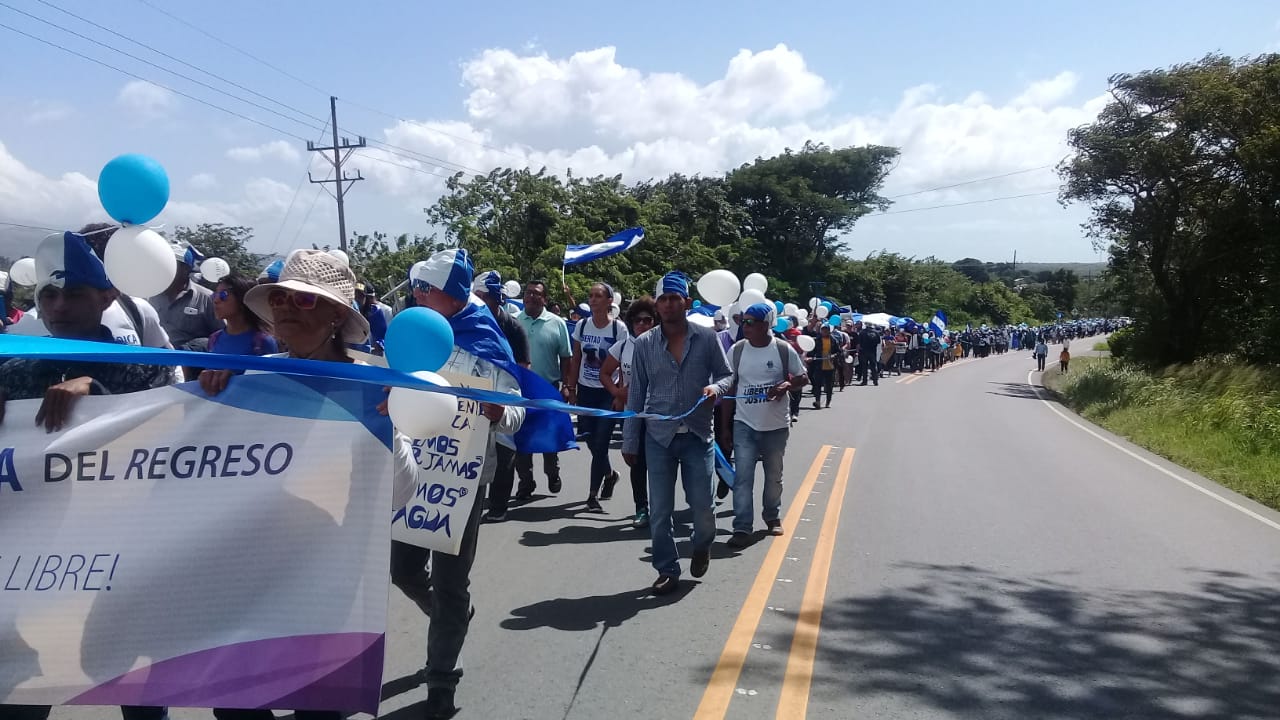As the authoritarian regime there deepens, only a few Indigenous leaders remain in Nicaragua. Due to the invasion of settlers in their territories, Indigenous and Afro-descendant peoples have been forced to migrate in order to safeguard their physical safety. Their primary destination is Costa Rica, a country internationally recognized for its democratic standards and respect for human rights. However, many live in precarious and overcrowded conditions, particularly when they lack work permits. In exile, they find the space to break the silence and raise awareness about the dire situation unfolding in their country.
For the past 44 years, since the onset of the Sandinista Revolution in 1980, Costa Rica has become the primary destination for Nicaraguan Indigenous exiles. Choosing exile is an extremely difficult decision, as it means leaving behind an entire life. It is a choice made only when it becomes the last resort for ensuring their physical safety, and when exercising leadership within their communities, territories, and regions poses a serious threat to their lives.
The United Nations High Commissioner for Refugees (UNHCR) defines exile as “the separation of a person from the land where they live.” In this sense, all refugees and displaced persons live in exile until they can return to their homeland. According to this definition, many Indigenous leaders and community members have been uprooted from their families, communities, and cultural roots due to the hostile environment invoked by their actions to defend their territories, their right to self-determination, and the protection of their Indigenous community identities.
Under international law, a hostile or torturous environment is typically understood as mistreatment occurring within degrading, cruel, and inhumane penitentiary systems. However, it also applies when governments seek to control the population through authoritarian power that instills fear and manipulates the truth. This situation involves “a series of contextual elements, conditions, and practices that diminish or eliminate the victim’s will and control over their own life, ultimately compromising their sense of self.”
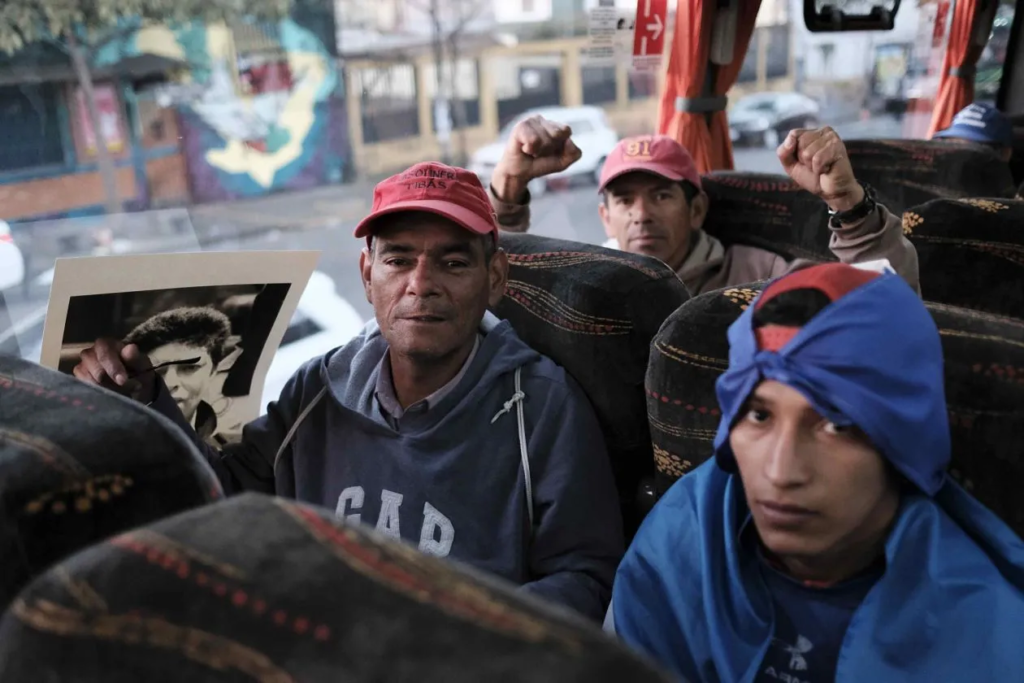
Exile as the continuation of Indigenous resistance
Indigenous and Afro-descendant leaders, primarily from the Nicaraguan Caribbean, live in a hostile environment that compels them to abandon their communities and territories (whether forcibly or voluntarily) in search of personal safety. In this context, Costa Rica has emerged as the nearest and most welcoming destination, thanks to its high public policy standards regarding migration across Central America.
The situation has deteriorated over the past five years as the Nicaraguan government has increasingly suppressed spaces for community democracy and tightened its control (or co-optation) of the governance structures and representative institutions of Indigenous and Afro-descendant peoples on the Caribbean Coast. Few genuine, legitimate, and natural leaders remain in the country, leaving them with no choice but to remain silent in the face of oppression, persecution, and the criminalization of Indigenous struggles.
Thanks to these exiled leaders, it remains possible to understand the gaps in the economic, social, cultural, and environmental rights of Indigenous peoples and ethnic communities in Nicaragua.
Therefore, the voices of the communities that resist in silence can only be heard through leaders in exile, primarily in Costa Rica. Thanks to these exiled leaders, it remains possible to understand the challenges and gaps in the economic, social, cultural, and environmental rights of Indigenous peoples and ethnic communities on Nicaragua’s Caribbean Coast.
While they have managed to ensure their physical safety, this does not mean their living conditions are comparable to those in their home communities. Not everyone is fortunate enough to secure decent employment. Many are forced to work as laborers on monoculture farms or as construction workers to make ends meet. For those still seeking refugee or asylum status, the situation is further complicated by the absence of a work permit.
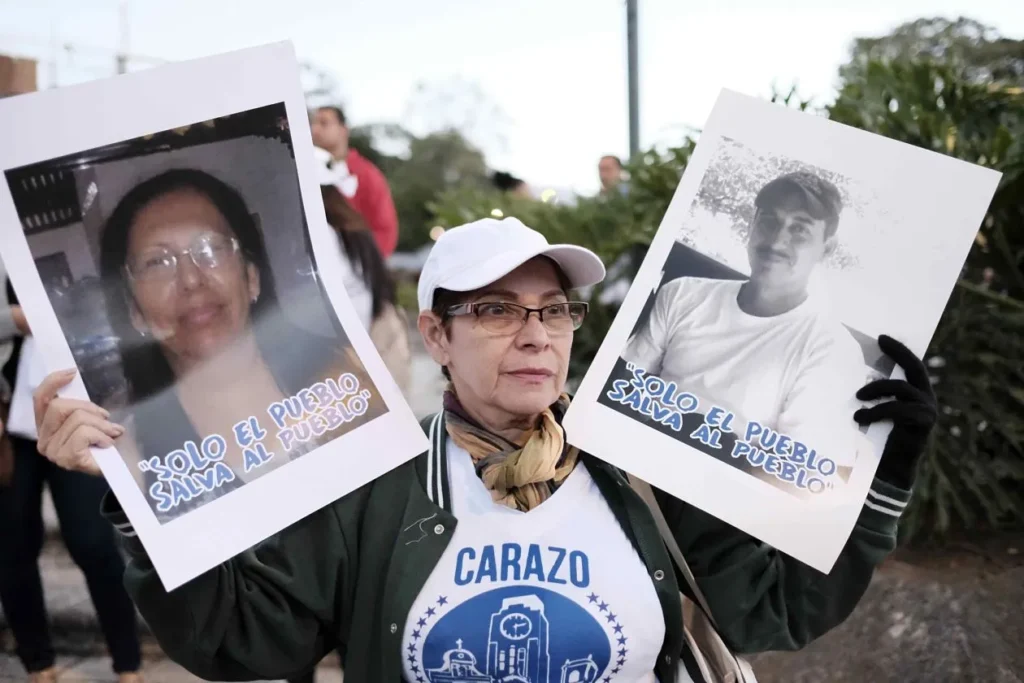
Historical factors of migration and exile in Costa Rica
The exile of Indigenous and Afro-descendant peoples from Nicaragua’s Caribbean Coast dates back to the civil war era of the 1980s. During this period, Indigenous peoples and Creoles took up arms to demand their rights to autonomy, territory, and collective self-determination, leading to large waves of migration to Honduras and Costa Rica. In 1983, the Inter-American Commission on Human Rights reported a “mass exodus” of approximately 10,000 Miskito and Moravian pastors who crossed the Coco River and settled in a refugee camp in the department of Gracias a Dios.
One of the main drivers of migration from the Nicaraguan Muskitia to other countries, particularly Costa Rica, is the internal displacement experienced by the Miskitu and Mayangna Indigenous communities. Becky McCrea, an advocate for Nicaraguan Indigenous territories, attributes the mass exodus of the Miskitu and other Indigenous peoples to the invasion of non-Indigenous settlers who are dispossessing them of their lands. She emphasizes that a large part of the responsibility lies with the State, which has failed to curb the invasions.
In the past five years, since the onset of the democratic crisis, the breakdown of the rule of law, and the social uprising of 2018, exile and migration have intensified.
The gravity of this situation is echoed by several internationally recognized organizations. IWGIA reports that deforestation and displacement are driven by transnational companies operating in Indigenous territories, as well as by the colonization of mestizo settlers from the interior of the country. Meanwhile, UNHCR states: “In the past eight months, the number of Nicaraguan refugees and asylum seekers in Costa Rica has doubled. The displaced now number over 150,000, which represents 3% of Costa Rica’s total population of 5,000,000.”
In the past five years, since the onset of the democratic crisis, the breakdown of the rule of law, and the social uprising of 2018, exile and migration have intensified. “Costa Rica is the primary destination for forcibly displaced Nicaraguans, hosting around 200,000 compatriots, which presents a significant public safety challenge for the Costa Rican state,” notes the report Nicaragua: Between Repression and Citizen Resistance by the Human Rights Collective and Nicaragua Nunca Más.
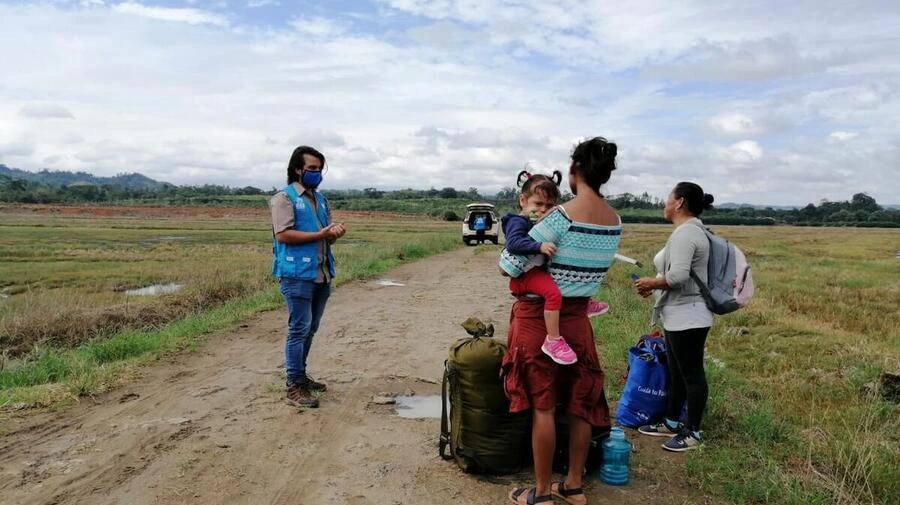
The invasion of settlers and forced displacement
It is important to emphasize that the situation of Indigenous and Afro-descendant peoples in Nicaragua is structural. Throughout various governments, they have faced a range of political, social, economic, and environmental challenges. This state of vulnerability has worsened since 2015, following armed attacks by settlers who invaded Indigenous lands in Tasba Raya, located in the municipality of Waspam, in the Northern Caribbean Coast Autonomous Region.
The situation is complex. Settlers have organized into criminal gangs and systematically attack with firearms. While there have been injuries, kidnappings, and fatalities, over 1,000 displaced individuals have lost their means of livelihood and now face food insecurity and hunger. Consequently, Indigenous communities in the Autonomous Regions have been forced to flee to border areas with Honduras and Costa Rica. Extractive activities, livestock farming, and monoculture are the primary causes of these displacements.
Since her exile in 2021, Miskitu leader Susana Marley, known as Mamagrande, has explained that there are at least 300 displaced Indigenous families in Costa Rica living in precarious and overcrowded conditions, particularly in La Carpio, Las Pavas, and Alajuelita. Furthermore, they struggle to communicate with their families who remain in Nicaragua and are often unaware of immigration laws. As a result, they face labor exploitation, mistreatment, detentions, deportations, depression, and marginalization.
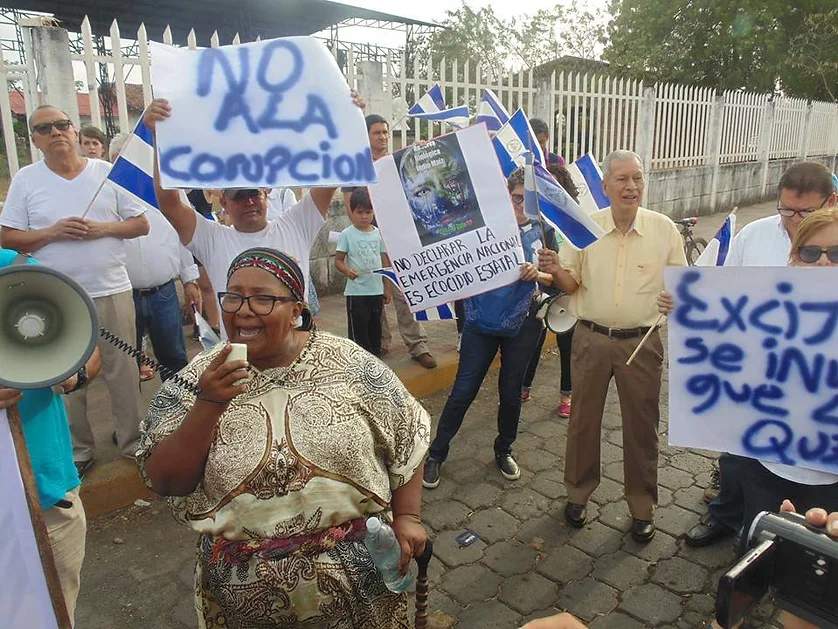
The precariousness of life in Costa Rica
A Nicaraguan Indigenous organization in exile estimates that around 800 Indigenous families are currently exiled in Costa Rica. Most are Miskitu families, though there are also Mayangna, Rama, and Afro-descendant families. The findings highlight the particular vulnerability of Indigenous and Afro-descendant women in Costa Rica, especially due to the lack of formal employment opportunities and legal residency documentation.
Moreover, very few Indigenous organizations are focused on addressing the issues faced by migrant populations. Currently, leader Susana Marley Cunningham heads a platform of Indigenous and Afro-descendant women’s organizations from Nicaragua’s Muskitia region, coordinating efforts with other Non-Governmental Organizations and Costa Rican immigration authorities.
The number of Indigenous people in exile in Costa Rica continues to rise. However, there is no official assessment of how many Indigenous individuals reside in Costa Rica, as many only choose it as a transit country. They then move on to other countries, primarily the United States, through safe mobility programs.
Kiki is an Indigenous Nicaraguan person who has withheld their name for security reasons.
